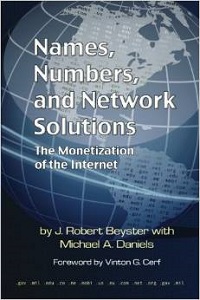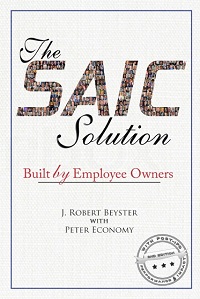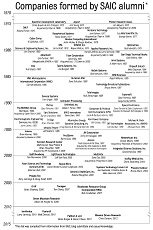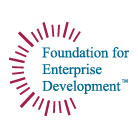Q&A with Dr. Beyster: February 2007
2 Comments Published by Dr. Beyster April 10th, 2007 in P. Economy, The Book.As I mentioned in an earlier post, I will occasionally invite guests to post their personal perspectives on the SAIC experience. I have invited my book coauthor, Peter Economy, to be the first guest blogger. Although he never worked with us at SAIC, he has had a number of close encounters. His post follows.
Writing a book with Dr. Beyster was by far the best writing experience I have had yet in my life as an author (and I have coauthored more than 30 books). I was truly honored to be invited to join Dr. Beyster in this project. I worked for Defense Nuclear Agency from 1980-1984 where I negotiated many contracts with SAIC, and then for Horizons Technology from 1984-1990, founded by former SAIC bigwig Jim Palmer and other SAIC heavy hitters –- so I had known about Dr. Beyster, SAIC, and its customers for many years. After finishing the book and taking a week or two to rest up, I thought it would be interesting to interview Dr. Beyster and his daughter Mary Ann (president of the Foundation for Enterprise Development) to see what they thought about the process of writing The SAIC Solution and getting it published. Mary Ann played a key role in moving the book forward and keeping it on track. Here’s an excerpt from the interview with Dr. Beyster. Follow the link to the FED web site to read the complete interview. Mary Ann’s interview will follow within the next couple of months.
Peter Economy (PE): Why did you decide to write The SAIC Solution?
Dr. Beyster (JRB): I thought that it needed to be done because there was no comprehensive review of the SAIC story, and that it would be a challenge for me to do it. An earlier manuscript was prepared years ago by an independent author, but for a variety of reasons it was never published. That manuscript was a very good and detailed history of SAIC up to a certain point, but then it stopped. The decision to write a new manuscript was entered into with some trepidation since I had never been that actively involved in writing a book before. As it turns out, we were able to finish the book in six months with help from a lot of people — including former and present employees of SAIC and board members and ex-board members.
PE: The manuscript was originally written in the third person. What was behind your decision to change the perspective to first person?
JRB: The book was difficult to read in the third person — it wasn’t clear who that third person was. It turned out to be simpler to speak in the first person. We quoted people when we needed to use their remarks.
PE: The book is based on 12 key principles, including such things as employee ownership, freedom, experiment constantly, and more. How did you decide which principles to highlight in the book?
JRB: In 1987, we prepared the booklet called Principles and Practices of SAIC. The chapters in this book — with the exception of the last two chapters — are an expansion of what was covered in the booklet.
Click this link to read the rest of the interview.





Nice post Peter. Great conversation.
Thanks, Rodney — I’m looking forward to getting Mary Ann’s up in the not-too-distant future, too.